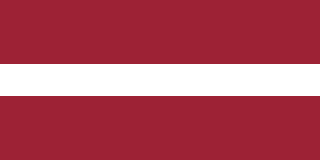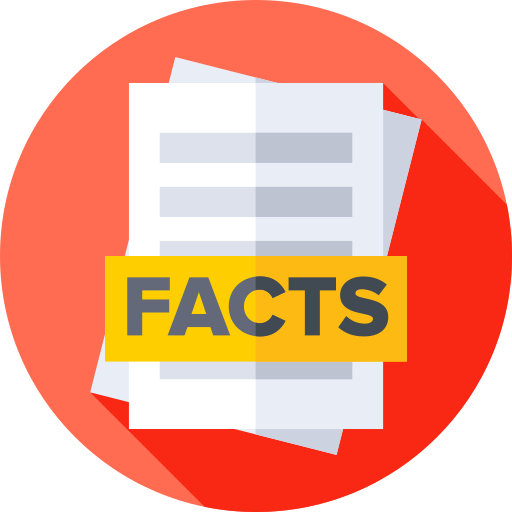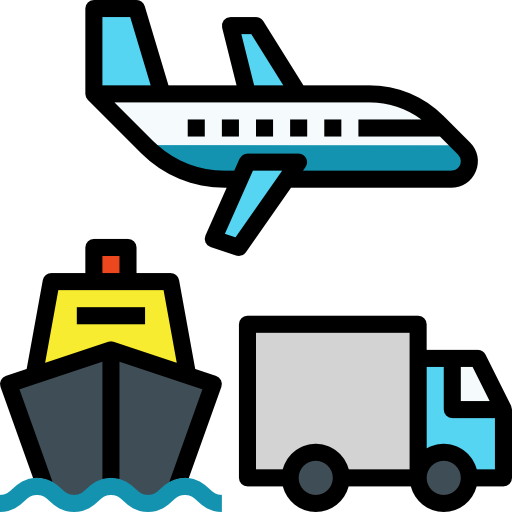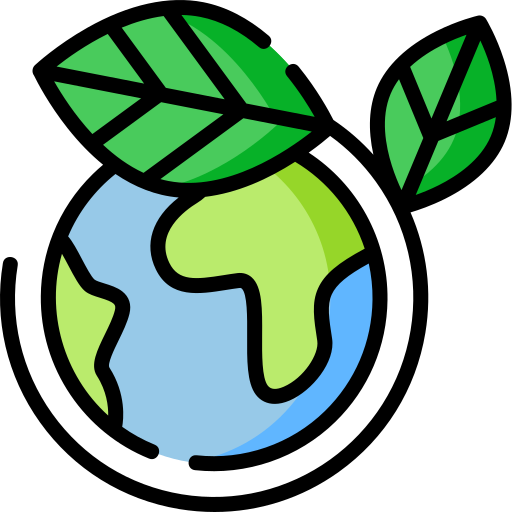Latvia - Environment

As far as the environment of Latvia is concerned, there have been . As for nvironment - international agreements, we have; .
About the environment of Latvia
| Climate | We have maritime; wet, moderate winters |
|---|---|
| Revenue from forest resources | |
| Revenue from coal | |
| Waste and recycling | Municipal solid waste generated annually: 839,700 tons (2024 est.) |
| Total renewable water resources | 34.94 billion cubic meters (2022 est.) |
| Major rivers (by length in km) | |
| Total water withdrawal | |
| Municipal | 91.945 million cubic meters (2022) |
| Industrial | 30.291 million cubic meters (2022) |
| Agricultural | 50.098 million cubic meters (2022) |
| Land Use | |
| Agricultural land | 31.7% (2022 est.) |
| Agricultural land: arable land | arable land: 21.8% (2022 est.) |
| Agricultural land: permanent crops | permanent crops: 0.2% (2022 est.) |
| Agricultural land: permanent pasture | permanent pasture: 9.7% (2022 est.) |
| Forest | 54.9% (2022 est.) |
| Other | 13.4% (2022 est.) |
| Urbanization | |
| Urban population | 68.7% of total population (2023) |
| Rate of urbanization | -0.68% annual rate of change (2020-25 est.) |
| Major urban areas (Pop) | 621,000 RIGA (capital) (2023). |
All Important Facts about Latvia
Want to know more about Latvia? Check all different factbooks for Latvia below.









